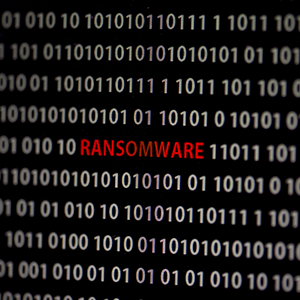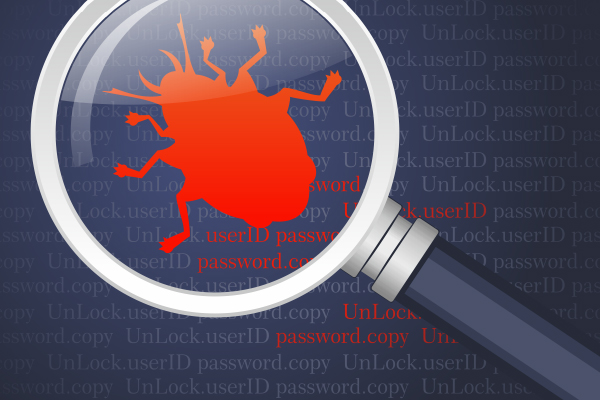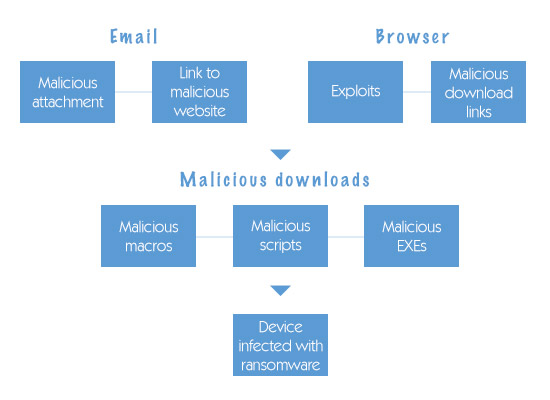Develop Effective Malware Analysis Methodology For Malicious Codes
Updated on October 21, 2022, by Xcitium

Malware analysis methodology determines if a program has a malicious plan or not. Malware analysis methodology incorporates two assignments. These two tasks are detection and examination. Malware analysis methodology is a forensic analysis tool for defense against the malware. Malware analysis methodology takes two inputs. First is a signature or behavioral parameters of a given code. Second is the program under investigation.
Malware analysis methodology is important to create a compelling malware detection technique. Malware analysis methodology is the way toward the reason for malware. The aim of the malware analysis methodology is to see how a particular bit of malware functions. After that, the safeguard can ensure the organization’s network. There are three types of malware analysis methodology which do a similar goal. The malware analysis methodology clarifies the malware’s consequences on the system. But the time, tools, and abilities required for malware analysis methodology are different.
Malware Analysis Methodology: Static or Code Analysis
Static analysis is additionally called code analysis. Static analysis is the way toward investigating the program by inspecting it. For instance, the software code of malware exposes how malware’s capacities work. This malware analysis methodology, it employments invert engineering. Debugger and source code analyzer tools understand the structure of malware.
Before the program starts, static data are in the header information. The sequence of bytes decides if it is malicious. Disassembly technique is one of the methods of static analysis. With static analysis, executable file uses disassemble tools. So that it gets the assembly language program file. From this, the opcode breaks down the application behavior to detect the malware.
Malware Analysis Methodology: Dynamic or Behavioral Analysis
Dynamic analysis is also called behavioral analysis. Examination of a contaminated file during its execution is dynamic analysis. Infected files are in a simulated environment like a virtual machine and sandbox. Malware analysis methodology researchers distinguish the general behavior of the file.
In dynamic analysis, the file is in the wake of execution in a real environment. During the execution of the file, it observes system interaction. The advantage of dynamic analysis is that it analyzes the known, as well as unknown, new malware. It’s easy to identify unknown malware. Also, dynamic analysis can analyze the complicated, changeable malware by watching their behavior. This malware analysis methodology is more time-consuming. It requires as much time to set up the environment for malware analysis methodology. For example, the virtual machine environment or sandboxes.
Malware Analysis Methodology: Hybrid Analysis
This methodology beats the limitations of static or dynamic malware analysis methodology. Hybrid analysis analyses the signature specification of any malware code. Then it consolidates it with the other behavioral parameters. It is for the improvement of the malware analysis methodology. Hybrid analysis conquers the limitations of static or dynamic malware analysis methodology.
Malware is a critical risk to the client’s PC system. Risk factors are stealing classified data or disabling or corrupting security framework. Security analysts use a malware analysis tool to handle these dangers. It can be static, dynamic, or hybrid malware analysis methodology. Their relative study and existing malware analysis methodology are parts of their learning. Data mining and machine learning overcome the disadvantages of the malware analysis methodology. Nowadays, Security analysts are using advanced malware analysis.
Malware Analysis Methodology Forensic Analysis
Xcitium Forensic Analysis is a forensic analysis tool that recognizes malware. Xcitium Forensic Analysis enables organizations to check their frameworks for malware. All malware surrenders to Xcitium Forensic Analysis. It can enable organizations to improve their security posture too.
Xcitium Cybersecurity delivers an innovative platform. It renders threats harmless, over the web, LAN, and cloud. After analyzing the frameworks, Xcitium Forensic Analysis will classify all assessed files. Also, those files that dwell on your system.
No record gets away from the attention of the Xcitium Forensic Analysis tool. The unknown files undergo a cloud-based analysis. These represent the most genuine hazards.
Files will encounter a battery of run-time tests. It reveals whether they are damaging. Files experience Forensic Analysis and Valkyrie analysis. The Xcitium Legal Examination interface shows the results of the two records.
Malware Analysis Methodology Conclusion:
You can recover your organization by actualizing the Xcitium Advanced Endpoint protection software. In case you faced an unknown file or malware, there is no need to panic. Xcitium Advanced Endpoint protection software is guaranteeing 80+ Million endpoints over the world.
Xcitium Cybersecurity has a two-decade history of verifying the most delicate data. Find out more about Xcitium Forensic Analysis. Visit https://enterprise.xcitium.com/freeforensicanalysis/
Begin your malware discovery using Xcitium Forensic Analysis.
Related Sources:





